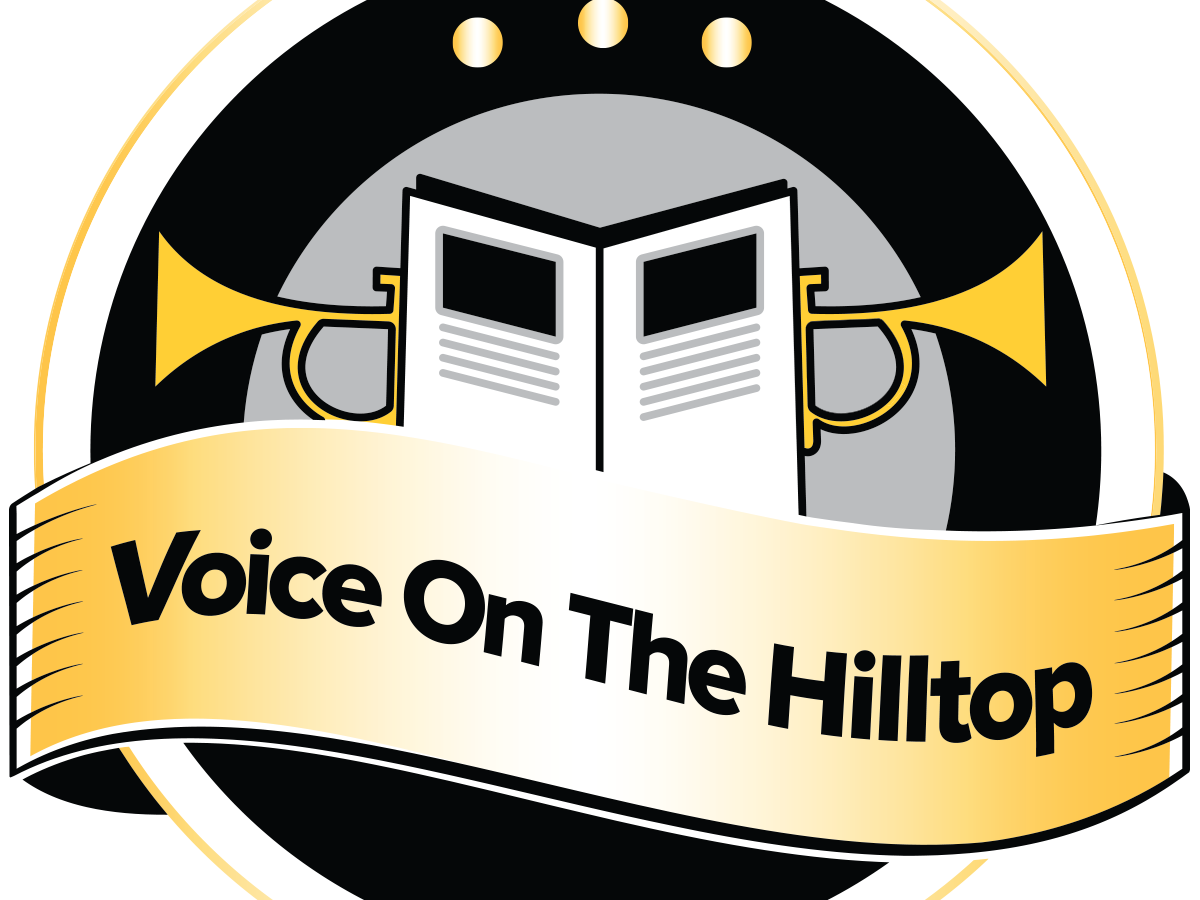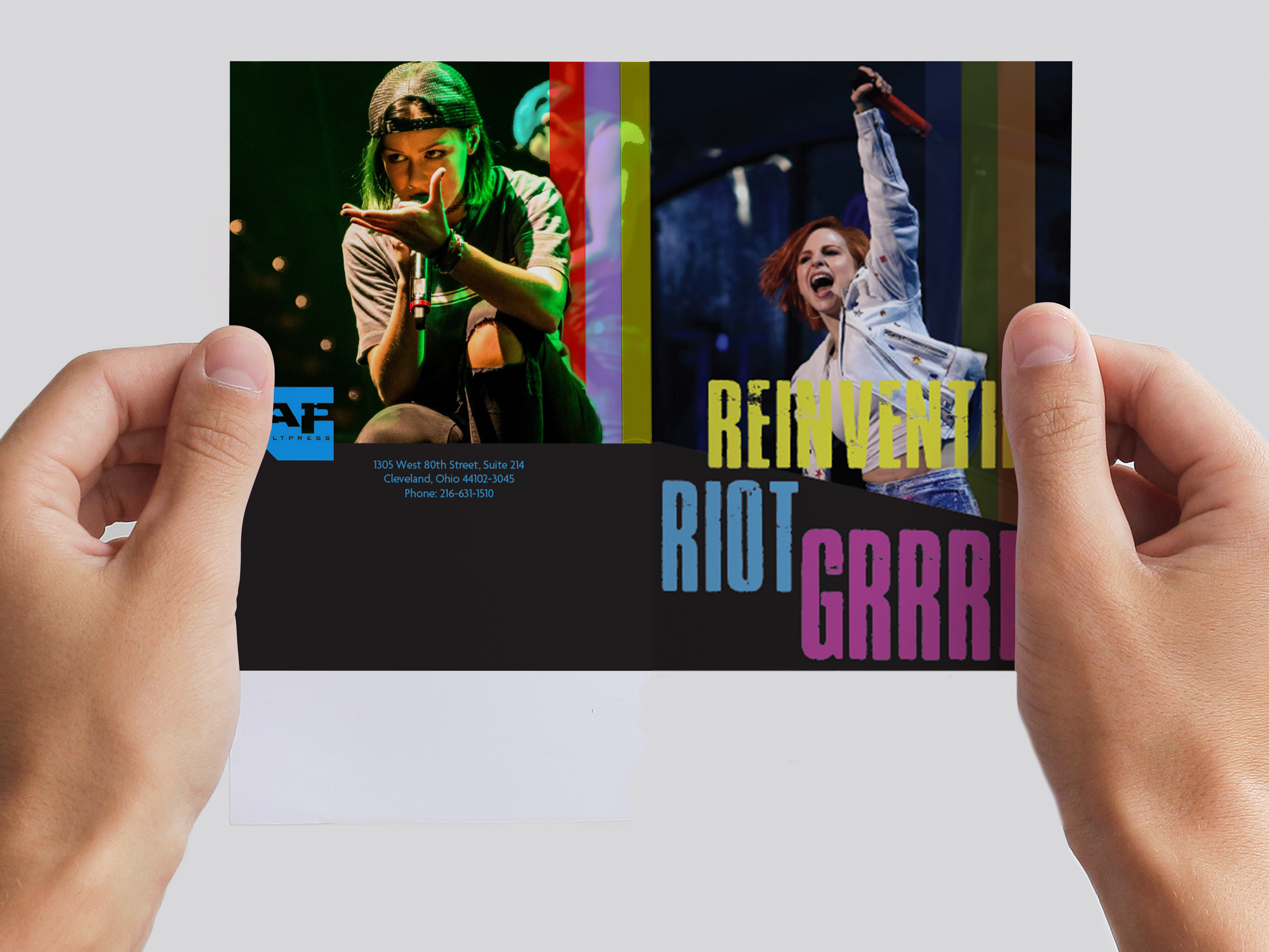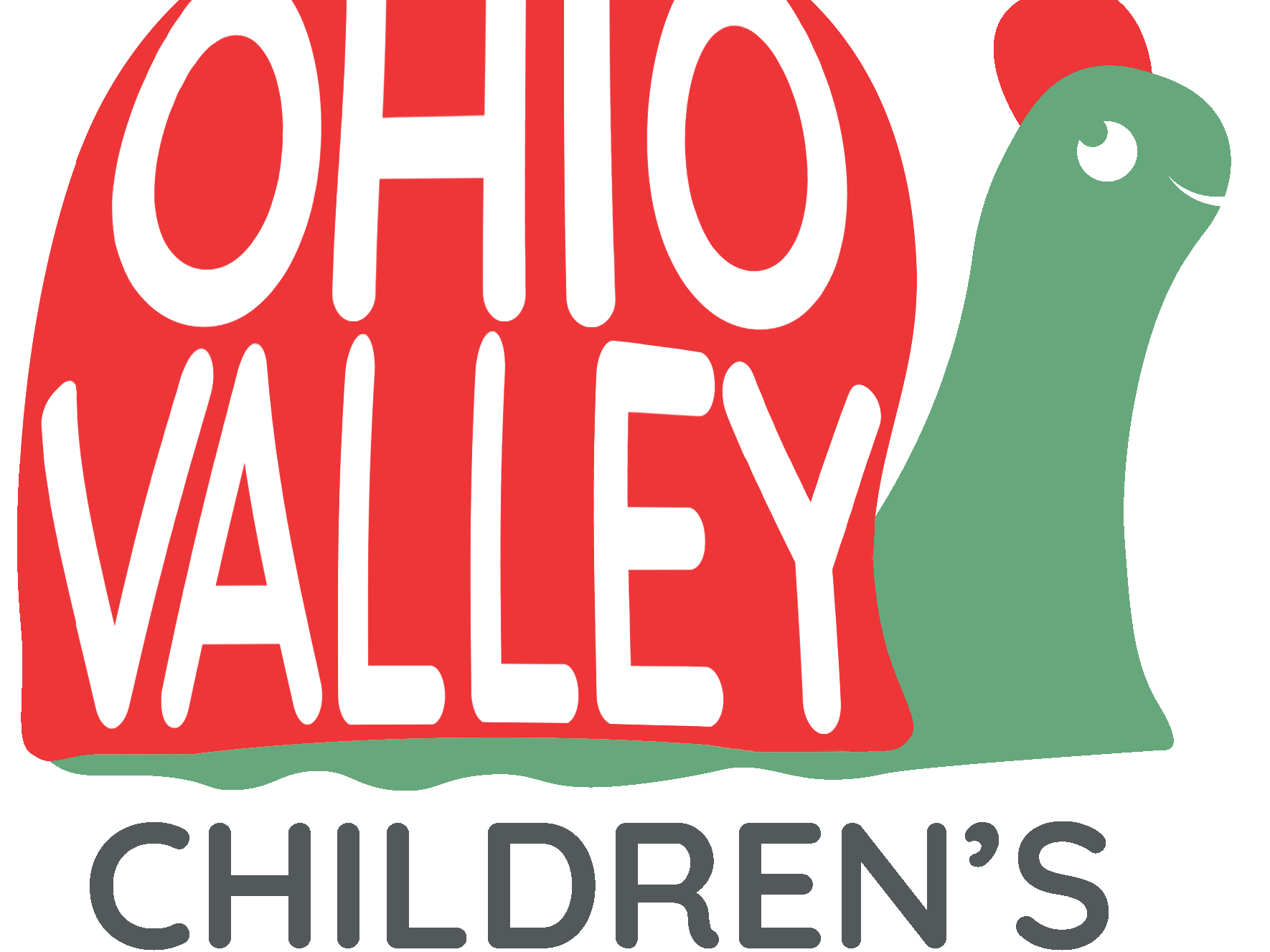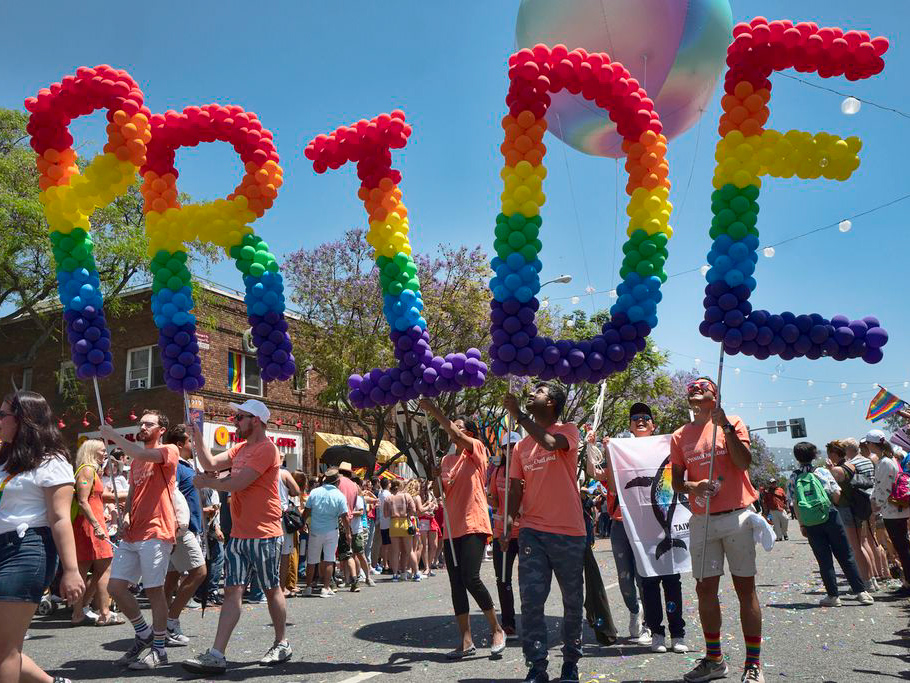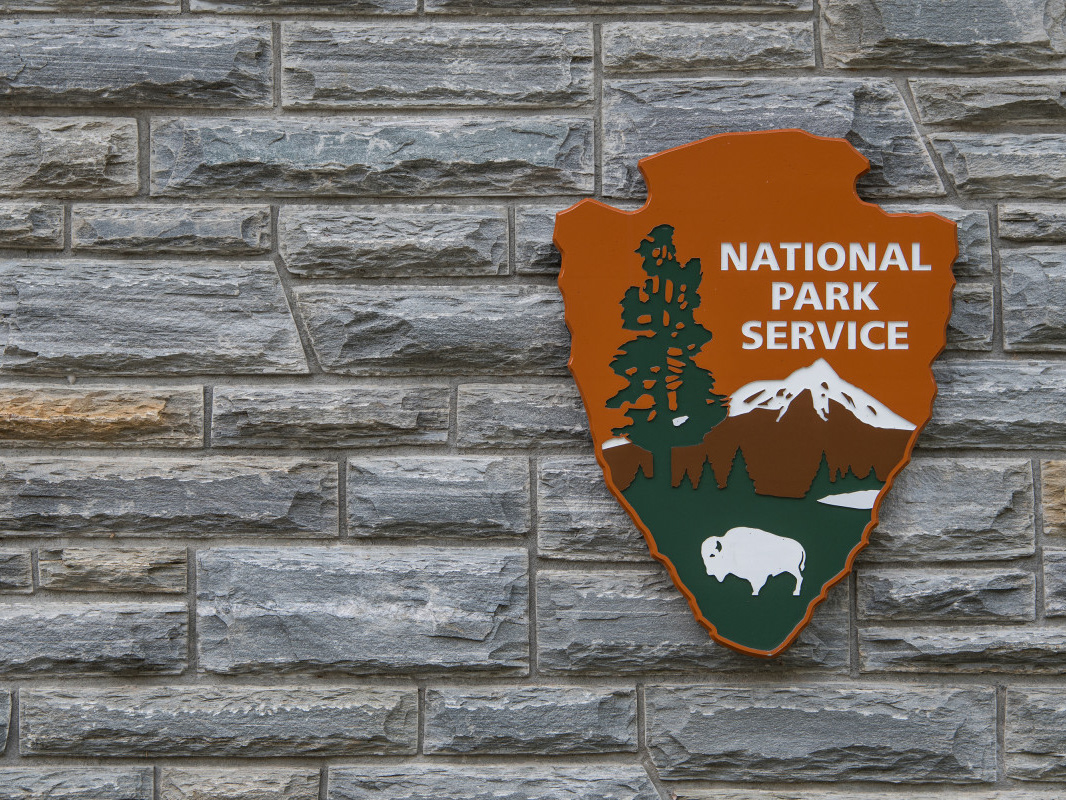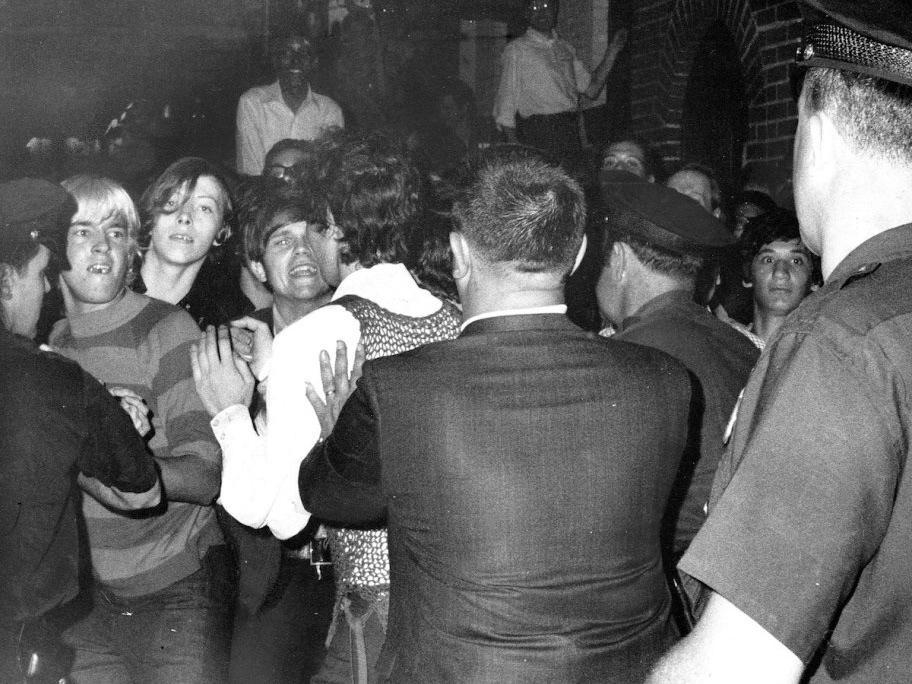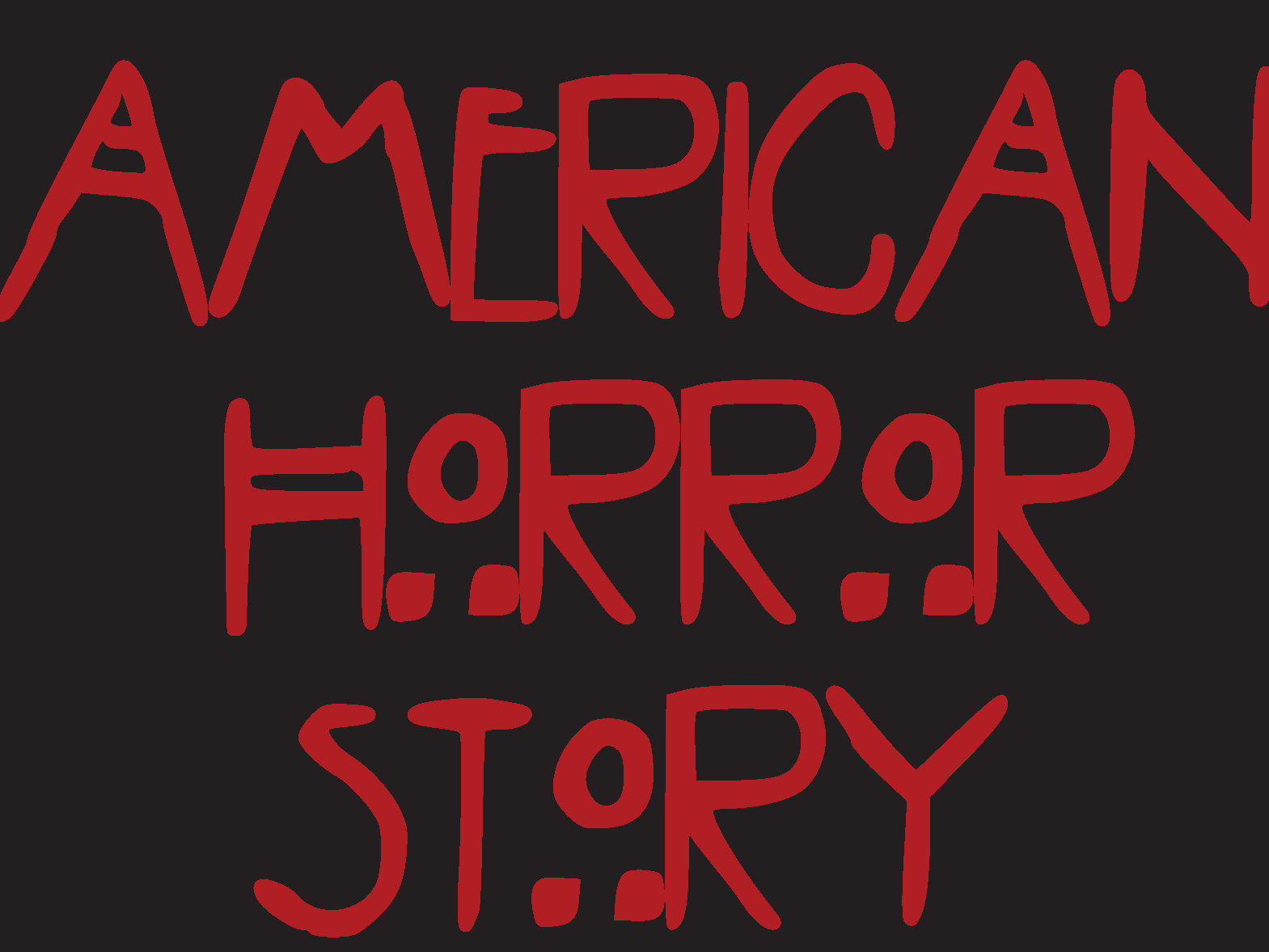hidden botanics is a custom designed flower bouquets that caters to events such as weddings. The website allows a potential client to take a quiz to find a bouquet perfect for their event. Hidden botanics also strives towards sustainability and partners with Turkish farmers to grow their flowers.
The downside of hidden botanics is that the arrangements are made with dried flowers instead of fresh ones.
UrbanStems is a company that works closely with Rainforest Alliance Certified farms and focus primarily on ethically sourced flowers. They have a wide variety of flowers and plants to choose from.
Again, UrbanStems already has these flowers in arrangements and the customer is unable to build and customize their arrangement.
Bouqs is another sustainably sourced flower shop that gets its stock directly from the farms. There are a wild variety of flowers on the site, including flowers that are only available at certain times during the year.
Bouqs lacks the option of customizing botiquets and have a near $20 gap for flowers for members and for non members, making their choices less desirable if one was just looking for a one time purchase.
Austin is a business student from Chicago, Illinois, who often shows his appreciation for his mother by buying her flower bouquets. One thing he doesn't like about the current process of buying flowers is that he can't pick the individual flowers for his arrangements, and often has to settle on ones that have flowers his mother doesn't like as much.
Dawn is an environmental specialist that lives in Phoenix, Arizona. Dawn is extremely cautious of the impact her and her family have on the environment and shops only locally grown or ethically sourced products. Her children love surprising her wife with flowers, but Dawn often finds it hard for her family to shop at an ethically sourced, organic flower shop that also supports local farmers.
Austin's user journey follows users who want to experience a flower shop with customizable arrangements with upfront pricing and no hidden costs or fees.
Dawn's user journey follows users who want to support local businesses who get their products in an ethically sourced and environmentally friendly way.
Paper wireframe of the home page with a navigation menu and a slideshow style presentation of the available flowers on the webpage.
Paper wireframe sketch of the possible flowers option page. The tiny dots beneath the pictures represent the available colors of flowers the website will have available for users.
Paper wireframe of the events page for bloom. This page will show the users a calendar of potential dates they can book for bloom. to provide flowers for. A list of available flowers is listed since bloom. partners with their farmers a year in advance.
Paper wireframe of an about page, which includes information about the company as well as information about the local farm partnered with bloom. as well to draw more traffic to their business.
Paper wireframe of the cart for bloom. which includes collapsable sections for users to input their information and review it at every step of the checkout process to ensure everything is right before placing their order.
The first iteration of the home page of bloom. included a hamburger style navigation menu with the options listed in the same font as seen on the bloom. logo.
The first iteration of the flowers page has six flowers per page, as well as the colors listed below each flower.
The event page immediately took users to event booking and provided a calendar with available dates for users to choose from.
bloom. frequently asked questions page
The cart page includes collapsable sections so the user can go back and check their summary.
The video above displays a user going through the flower ordering process before checkout.
Affinity diagram for the task of placing an order for a flower order on the bloom. website. Many users were upset at the lack of a confirmation page, and some found the earlier iteration of the navigation menu hard to read.
Homepage
About bloom. and monthly farm page
FAQ page
Flowers page
A flower accessory page that includes a bloom. vase, a terracotta pot and plant food.
The events page
Step One of the Event Booking process
Step Two of the Event Booking process
Step Three of the Event Booking process
Lastly, the final step of the cart page
A video showcasing all the tabs on the bloom. website. This includes a look at the about page, the FAQ page, some of the product pages as well as the events page.
This video is an example of how a user were to place a flower order on bloom. It also includes how users can look ahead to see what flowers are available in the upcoming months. After picking out their flowers, users can take a sneak peek of what their order will look like.
Users are also able to click a button that auto fills their information in the cart to make the checkout process easier and more convenient.
A video which goes through the process of booking bloom. for an upcoming event. This page includes clear buttons that make the booking process go by just a bit more smoothly for clients.
A video of a brief look of the accessories page


